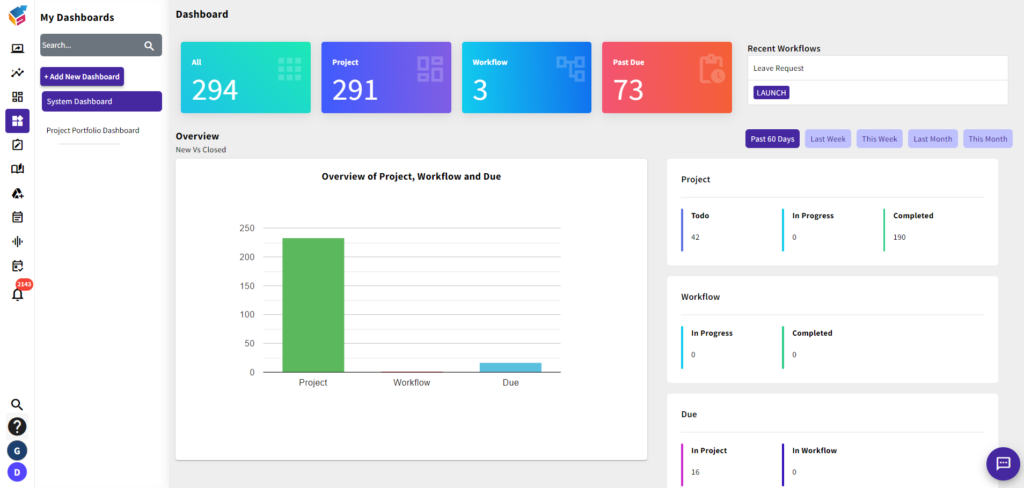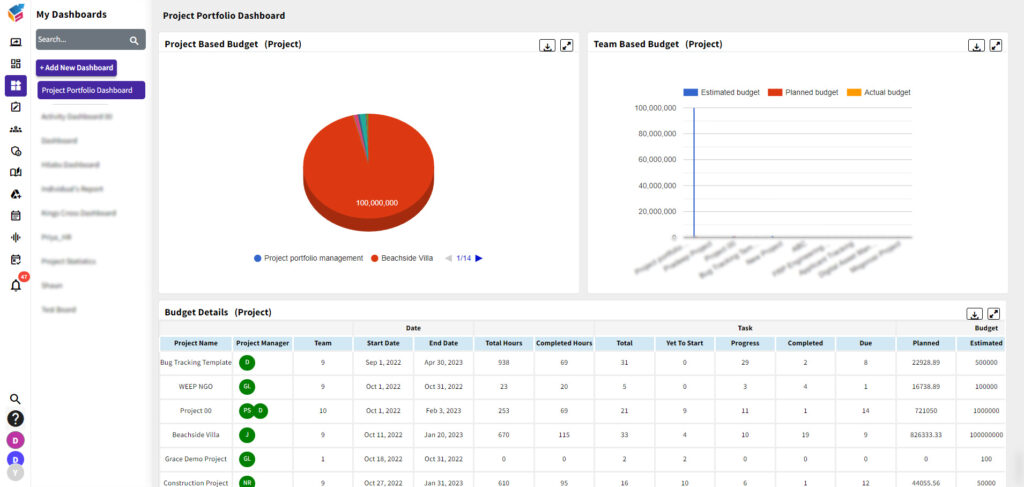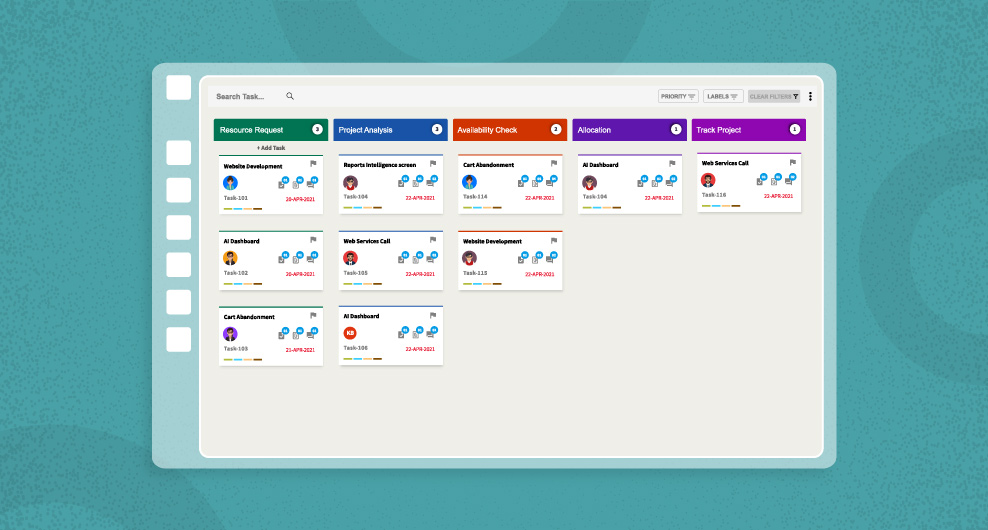Table of Contents
In today’s dynamic and competitive business environment, the quest for efficiency and effectiveness in operations has become paramount. Streamlining business processes is a critical strategy for achieving this goal, as it can lead to improved productivity, reduced costs, enhanced customer satisfaction, and a competitive edge. However, the path to process optimization is not always straightforward. Organizations often encounter numerous challenges and obstacles that hinder their efforts to streamline the process.
In this discussion, we will explore a range of efficient strategies and best practices that businesses can employ to streamline workflow successfully. We will delve into the fundamental principles of process optimization, examine common roadblocks organizations face, and provide practical insights to overcome these hurdles. By the end of this exploration, readers will have a comprehensive understanding of how to embark on a journey toward more efficient and agile business operations.
What Is a Business Process?
A business process is a series of interconnected tasks or activities planned to achieve a specific organizational goal or objective. These processes are the operational backbone of any company, encompassing a wide range of functions, such as customer service and process automation, that contribute to the efficiency and effectiveness of operations.
What Is Business Process Management?
Business Process Management (BPM) is an integrated approach to improving and optimizing an organization’s processes to enhance efficiency, agility, and overall performance. It involves the systematic design, modeling, execution, monitoring, and continuous improvement of workflows and activities that make up these processes.

In the context of BPM, Project Management Software and workflow automation software play essential roles. Project Management Software helps in planning and process execution to improve projects, ensuring that they stay on track, meet objectives, and complete within set timelines.
Workflow automation software automates routine tasks and activities within processes, reducing manual intervention and minimizing errors, thus streamlining operations and improving efficiency. These software tools are vital assets in the BPM toolbox, enabling organizations to achieve greater control, transparency, and optimization of their business processes.
How Do You Streamline Business Processes and Workflows
In business, efficiency is the golden ticket to success. Streamlining your business processes and workflow can save time, boost productivity, reduce costs, and enhance overall customer satisfaction.
Identify and Document Your Current Processes:
Before you can streamline your processes, you need to understand them. Start by documenting your existing workflows. Create flowcharts or process maps that outline each step in a procedure. This visual representation will help you identify bottlenecks, redundancies, and areas where improvements are needed.
Embrace Process Automation:
Business process automation is a meaningful change for streamlining workflows. Identify repetitive and manual tasks that can automated. Invest in workflow automation software or tools that can handle routine processes and free your employees to focus on more strategic tasks. For example, automating data entry, email responses, or invoice processing can save considerable time and reduce errors.
Implement a Robust Project Management System:
Effective project management is essential for streamlining workflows. Utilize project management software to plan, organize, and track tasks and projects. These tools allow you to set priorities, allocate resources, and monitor real-time progress. Clear communication and collaboration within teams become more manageable, ensuring that projects are completed efficiently and on schedule.

Optimize Resource Allocation:
Efficiently managing resources is crucial for workflow optimization. Analyze resources such as time, workforce, and grant equipment across unique tasks and projects. Ensure that resources are according to priorities and that no department is overburdened or underutilized. This optimization can significantly reduce bottlenecks and delays.
Continuous Monitoring and Improvement:
Streamlining processes is an ongoing endeavor. Regularly monitor key performance indicators (KPIs) to gauge the effectiveness of your workflows. Encourage feedback from employees who are directly involved in these processes. Use this feedback to identify pain points and areas for improvement. A culture of continuous improvement ensures that your workflows remain efficient and adaptable.
Invest in Employee Training and Development:
Your employees are the driving force behind your workflows. Invest in training and development programs to enhance their skills and knowledge. Well-trained employees are more likely to work efficiently, make informed decisions, and adapt to process changes.
Leverage CRM Software for Customer-Centric Workflows:
Customer Relationship Management (CRM) software is a powerful tool for streamlining sales, marketing, and customer support processes. It centralizes customer data, streamlines communication, and automates customer interactions. With a CRM system, you can personalize marketing campaigns, track leads, and provide better customer service by having a 360-degree view of your customers.
Streamlining business processes and workflows is not a one-time effort but an ongoing commitment to efficiency and improvement. By identifying bottlenecks, embracing automation, optimizing resource allocation, and fostering a culture of continuous improvement, your organization can unlock its full potential and stay ahead in today’s competitive business landscape.
Benefits of Streamlining Business Processes
Streamlining business processes offers extensive benefits that can positively impact an organization’s efficiency, effectiveness, and competitiveness. Here are some key advantages:
- Improved Efficiency: Streamlining processes eliminates unnecessary steps and reduces manual work, leading to faster task execution and project completion. This increased efficiency can translate into time and cost savings.
- Cost Reduction: By optimizing workflows, organizations can identify cost-saving opportunities, such as reduced labor hours, lower operational expenses, and fewer errors. This cost reduction can enhance profitability.
- Enhanced Productivity: Streamlined processes empower employees to focus on value-added tasks instead of tedious, time-consuming activities. It leads to increased productivity and job satisfaction.
- Better Customer Service: Efficient processes enable quicker response times, reduced errors, and improved communication, all of which contribute to better customer service. Satisfied customers are more likely to remain loyal and refer others.
- Competitive Advantage: Organizations that streamline their operations can respond more quickly to market changes and customer demands, gaining a competitive edge. They can also adapt to industry trends and innovations faster than their competitors.
- Increased Transparency: Streamlined processes often include better documentation and tracking, providing greater transparency into operations. This visibility allows for better decision-making and accountability.
- Higher Quality Output: Organizations may continuously provide higher-quality goods and services to their clients by minimizing mistakes and inconsistent processes.
- Scalability: Efficient processes are more adaptable to growth. As a business expands, streamlined workflows can easily accommodate increased demand and complexity.
- Compliance and Risk Management: Streamlining processes often include ensuring compliance with industry regulations and standards. It reduces the risk of legal issues and penalties.
- Innovation: With streamlined operations, organizations can allocate resources more effectively toward research and development, fostering innovation and creativity.
- Resource Optimization: Streamlined processes enable organizations to allocate resources effectively, ensuring personnel, time, and effective use of assets.
- Faster Decision-Making: Simplified workflows lead to quicker decision-making as information flows smoothly within the organization, enabling timely responses to changing circumstances.
- Data-Driven Insights: Streamlining processes can lead to better data collection and analysis, providing valuable insights for strategic decision-making.
- Improved Employee Morale: When employees can focus on meaningful tasks instead of repetitive work, job satisfaction and morale often increase, contributing to a more positive work environment.
- Regulatory Compliance: Compliance with industry standards and regulations is easier to maintain when processes are well-organized and documented.
- Brand Reputation: Organizations that consistently deliver high-quality outputs and services through streamlined processes can enhance their brand reputation and trustworthiness in the market.
- Time for Innovation: Employees in streamlined organizations often have more time and mental bandwidth to focus on innovation and creative problem-solving.
Streamlining business processes is a strategic move that can lead to numerous benefits, including increased efficiency, cost savings, improved customer service, and a stronger competitive position. It is a crucial step for any organization looking to thrive in today’s dynamic and competitive business environment.
Final Thoughts
Optimizing business processes is not just a trend; A strategic imperative for modern organizations. Throughout this blog, we have explored various efficient strategies for achieving this essential goal, from harnessing the power of automation and adopting project management software to optimizing resource allocation and embracing CRM solutions.
The benefits of streamlined business processes are clear: increased efficiency, reduced costs, improved customer service, and a competitive edge in a rapidly changing business landscape. Moreover, these strategies are not mutually exclusive; they can work in peace to create a comprehensive approach to process optimization.
As you embark on your journey to streamline your business processes, remember that it is not a one-size-fits-all endeavor. Each organization is unique, and the key to success lies in understanding your specific needs, continually monitoring performance, and fostering a culture of continuous improvement.
By implementing these strategies, your organization can thrive and excel in today’s competitive business world, ensuring long-term success.




